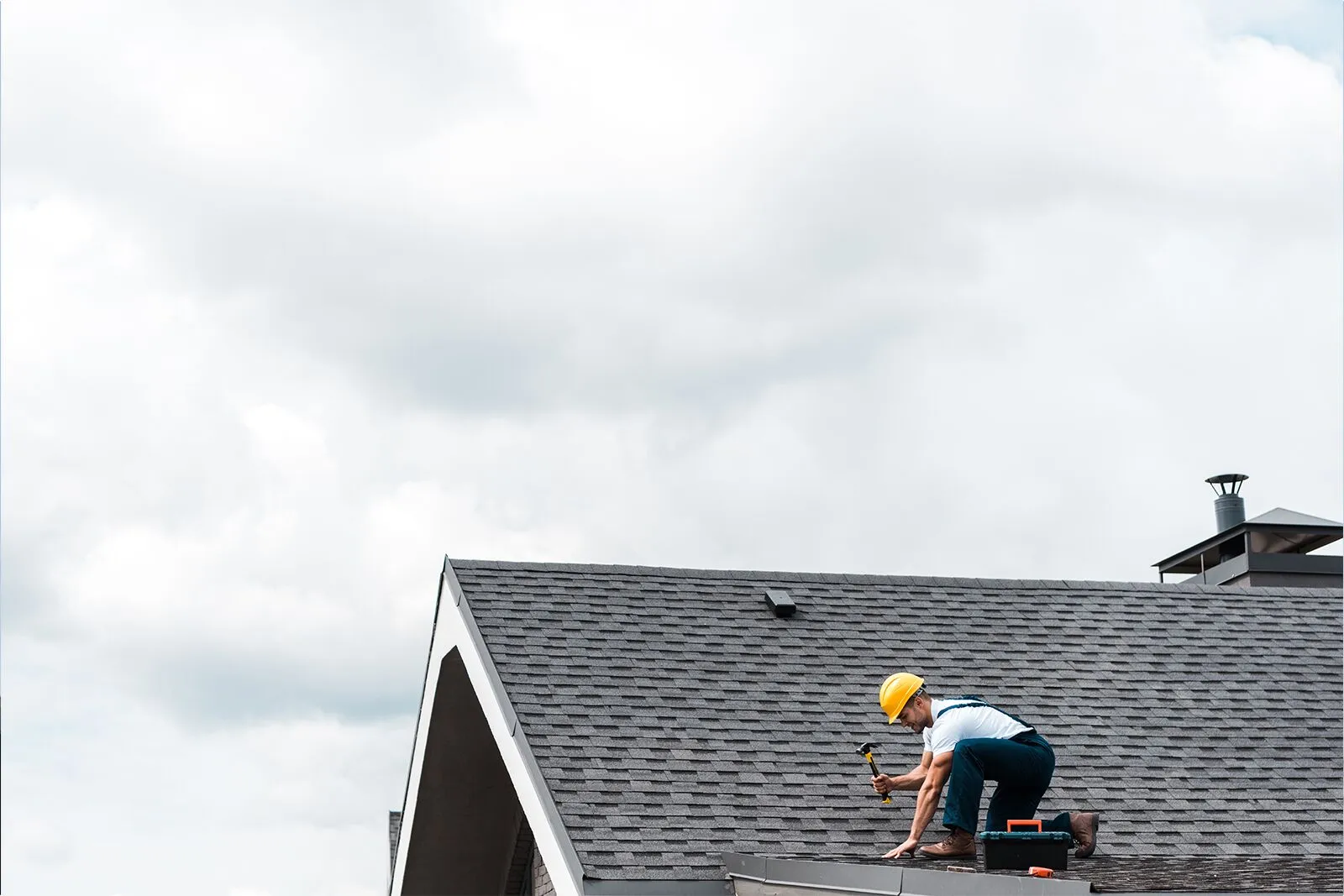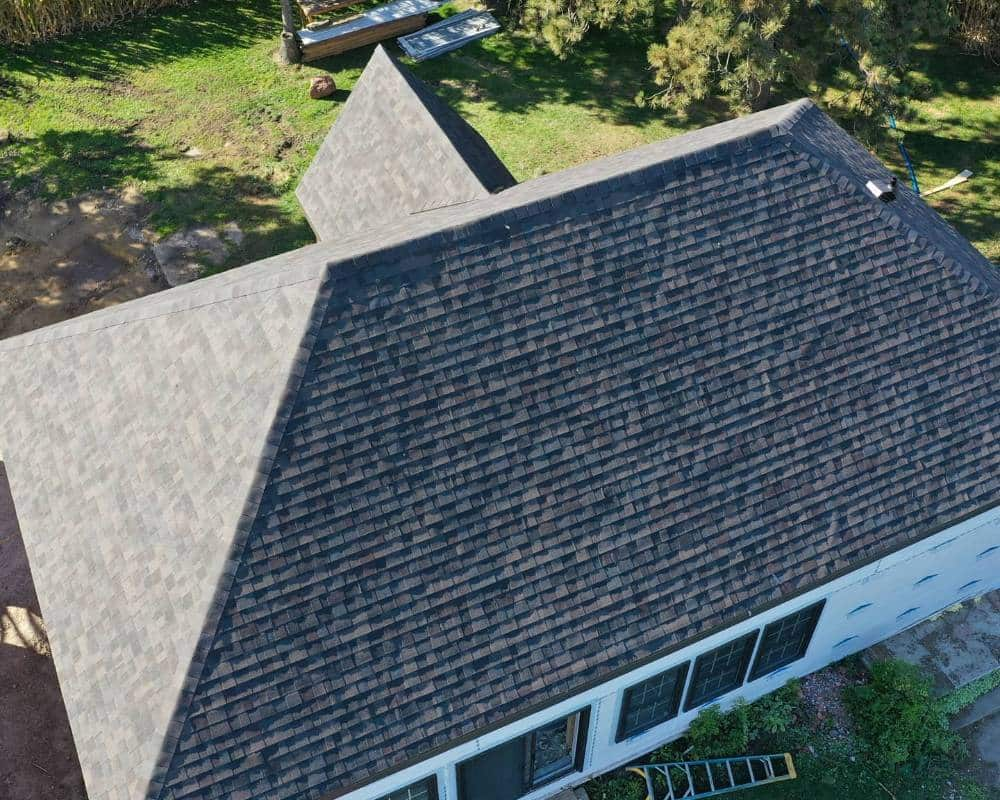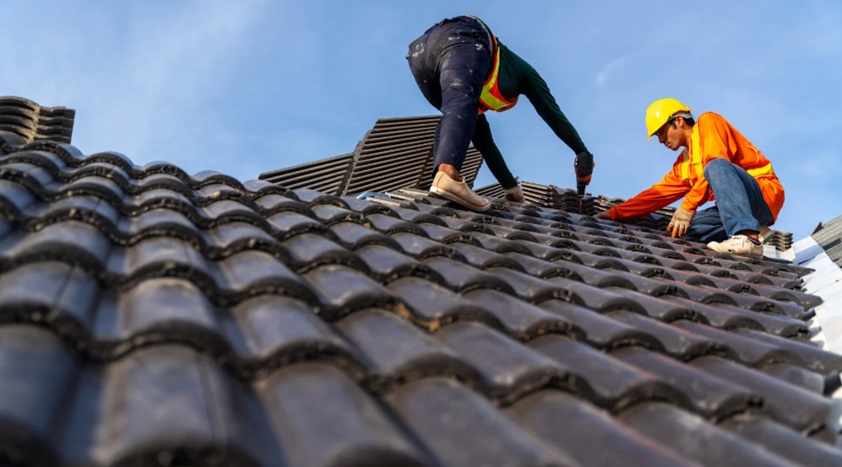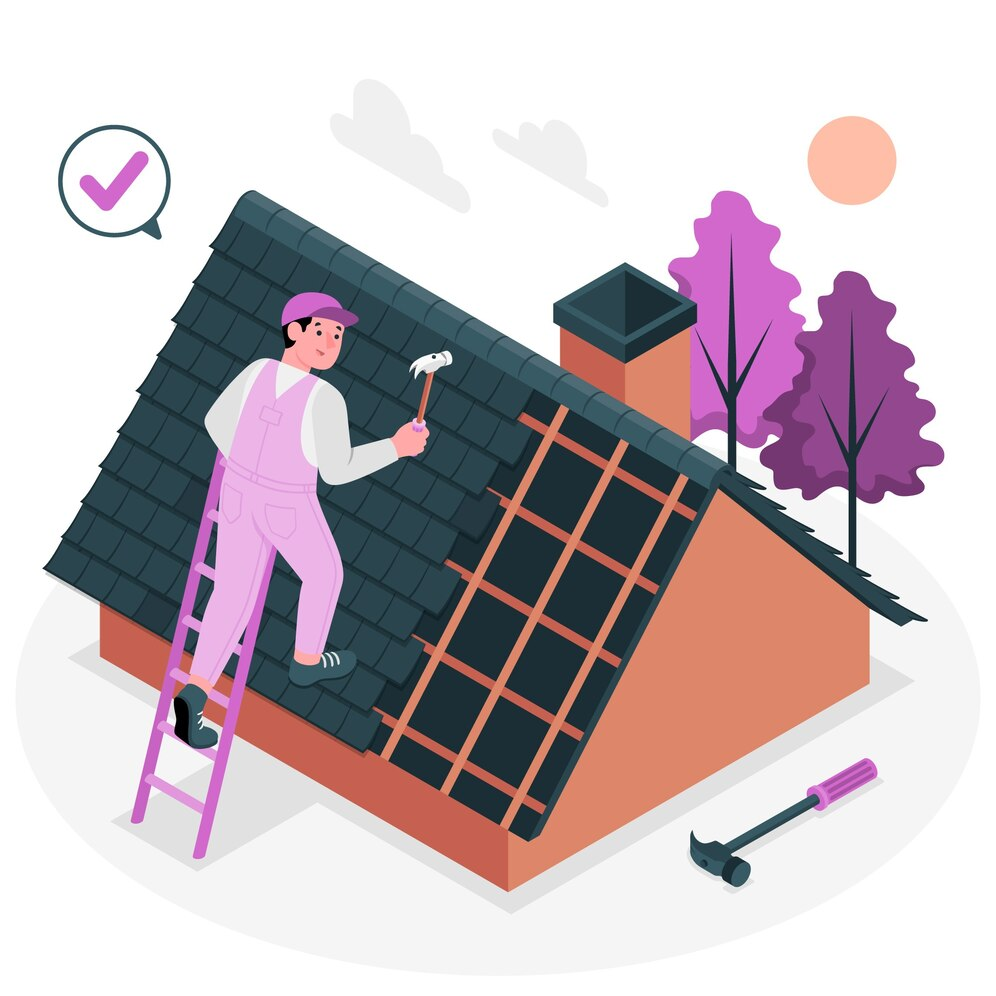Selecting the perfect colour and style for your roof is a crucial decision that goes beyond mere aesthetics. Your roof plays a vital role in protecting your home from the elements, contributing to energy efficiency, and enhancing your property’s overall appearance. This comprehensive guide will walk you through the essential factors to consider when making this important choice.
Factors Influencing Roof Colour Selection
Before delving into the specifics of colour and style selection, it’s essential to recognize the significance of your roof. The roof accounts for up to 40% of your home’s visible exterior, making it a key element in your property’s curb appeal. Moreover, a well-chosen roof can last anywhere from 20 to 50 years, depending on the materials used. This longevity underscores the importance of making an informed decision that you’ll be satisfied with for decades to come.
1. Climate Considerations
The colour of your roof can have a significant impact on your home’s energy efficiency. In warmer climates, lighter-coloured roofs reflect more sunlight, helping to keep your home cooler and potentially reducing energy costs. Studies have shown that a light-coloured roof can lower cooling costs by up to 20% in hot, sunny weather. Conversely, in colder regions like Vancouver, darker roofs can absorb heat from the sun, which can be beneficial during winter months. This absorption can help melt snow and ice more quickly, reducing the risk of ice dams and structural damage. When choosing a roofing contractor in Vancouver, it’s important to consider these climate factors to ensure your roof performs optimally year-round.
2. Architectural Style
Your home’s architectural style should guide your roof colour selection. For instance, Mediterranean-style homes often feature terracotta or clay-coloured roofs, while Colonial-style houses frequently have darker roofs in shades of grey or black. Victorian homes, known for their ornate details, can accommodate a wide range of roof colours, including bold hues like deep reds or greens.
3. Neighbourhood Harmony
While personal preference is significant, it’s also wise to consider how your roof will fit within the context of your neighbourhood. Some communities have homeowners’ associations (HOAs) with specific guidelines regarding roof colours. Even without such regulations, choosing a roof colour that complements neighbouring homes can enhance the overall aesthetic appeal of your street.
4. Energy Efficiency
The colour of your roof can play a role in your home’s energy efficiency. Cool roofs, which are typically light-coloured or white, can reflect up to 65% of the sun’s rays. This reflectivity can lead to energy savings by reducing the need for air conditioning during hot summer months.
5. Resale Value
If you’re planning to sell your home in the future, consider how your roof colour might affect its marketability. Neutral colours like grey, brown, or black tend to have broad appeal and can be a safe choice for maintaining or increasing resale value.
Exploring Roof Styles
The style of your roof is just as important as its colour. Here are some popular roof styles to consider:
- Gable Roof
The gable roof is one of the most common and recognizable roof styles. It features two sloping sides that meet at a ridge, forming a triangle shape. Gable roofs are known for their excellent water drainage and attic space. They work well with various architectural styles, from traditional to modern.
- Hip Roof
A hip roof has slopes on all four sides that come together at the top to form a ridge. This style is known for its stability and is particularly well-suited to areas with high winds or heavy snowfall. Hip roofs can provide additional living space in the form of a crow’s nest or small attic.
- Mansard Roof
The mansard roof, also known as a French roof, features four sides with a double slope on each side. The lower slope is steeper than the upper slope, which creates additional living space in the attic. This style is often seen in French Renaissance architecture and can add a touch of elegance to any home.
- Flat Roof
Despite its name, a flat roof typically has a slight pitch to allow for water drainage. This style is common in modern and contemporary architecture. Flat roofs can provide additional outdoor living space and are ideal for installing solar panels or green roof systems.
- Butterfly Roof
The butterfly roof features two roof surfaces that slope inward, meeting at a central valley. This unique design allows for taller walls and larger windows, maximizing natural light and ventilation. Butterfly roofs are often associated with mid-century modern architecture and can create a striking visual impact.
Roofing Materials and Their Impact on Colour and Style
The material you choose for your roof will influence both its colour options and overall style. Here are some popular roofing materials to consider:
- Asphalt Shingles
Asphalt shingles are the most common roofing material in North America, accounting for about 80% of residential roofs. They offer a wide range of colour options, from classic blacks and greys to more vibrant blues and reds. Asphalt shingles can mimic the look of more expensive materials like slate or wood shakes while being more affordable and easier to install.
- Metal Roofing
Metal roofs have gained popularity in recent years due to their durability and energy efficiency. They come in various styles, including standing seam and metal shingles. Colour options for metal roofs are virtually limitless, as the metal can be coated with any colour you desire. Some metal roofs even feature special reflective pigments that can further enhance energy efficiency.
- Clay Tiles
Clay tiles offer a distinctive look often associated with Mediterranean, Spanish, or Southwestern-style homes. They naturally come in earthy tones like terracotta but can also be glazed in various colours. Clay tiles are extremely durable, with some lasting over a century when properly maintained.
- Slate
Slate roofs provide a timeless, elegant appearance and exceptional durability. Natural slate comes in a range of colours, including various shades of grey, green, purple, and red. While the colour options are more limited compared to other materials, the natural variations in slate create a unique, textured look that many homeowners find appealing.
- Wood Shakes
Wood shakes, typically made from cedar or redwood, offer a rustic, natural appearance that weathers beautifully over time. While they start with a warm, reddish-brown colour, they eventually weather to a distinguished grey. Wood shakes can complement a variety of architectural styles, from traditional to contemporary.
The Role of Texture in Roof Appearance
When selecting your roof’s colour and style, don’t overlook the importance of texture. The texture of your roofing material can significantly impact its overall appearance. For instance:
- Asphalt shingles with a dimensional or architectural profile can create depth and shadow, enhancing the roof’s visual appeal.
- Metal roofs with a standing seam design create clean, modern lines that can complement contemporary architecture.
- The natural variations in slate tiles or wood shakes create a rich, textured surface that adds character to your home.
Maintenance Considerations
Different roof colours and materials have varying maintenance requirements. For example:
- Lighter-coloured roofs may show dirt and algae growth more readily than darker roofs, potentially requiring more frequent cleaning.
- Some roofing materials, like copper or zinc, develop a natural patina over time that can change their appearance.
- Certain roof coatings can help maintain colour and reflectivity, extending the life of your roof.
Making Your Final Decision
After considering all these factors, it’s time to make your final decision. Here are some steps to help you choose:
- Collect samples: Gather samples of the roofing materials and colours you’re considering. View them in different lighting conditions and alongside your home’s exterior.
- Use visualization tools: Many roofing manufacturers offer online visualization tools that allow you to upload a photo of your home and experiment with different roof colours and styles.
- Consult professionals: Speak with roofing contractors or colour consultants who can provide expert advice based on your specific home and location.
- Consider long-term plans: Think about how long you plan to stay in your home and how your colour and style choices might affect future resale value.
- Trust your instincts: While it’s important to consider practical factors, don’t ignore your personal preferences. Choose a roof that you’ll be happy to see every day for years to come.
Summary
Selecting the right colour and style for your roof is a significant decision that requires careful consideration. By taking into account factors such as climate, architectural style, energy efficiency, and personal preference, you can choose a roof that not only protects your home but also enhances its beauty and value. Remember, a well-chosen roof is an investment that will benefit you and your home for decades to come.





